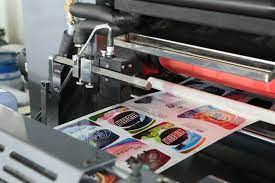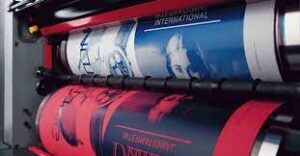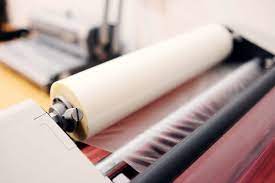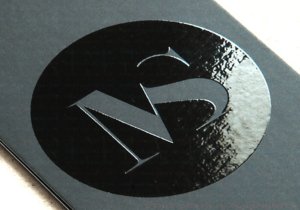Table of Contents
Custom paper packaging printing knowledge is a complex process with numerous techniques, technologies, and terminologies. Whether you’re a seasoned entrepreneur or new in the paper packaging market, it’s crucial to understand the basics of printing to make informed decisions. This guide will dive into the essentials of printing knowledge that every customer needs to understand.
Custom paper packaging printing knowledge involves understanding printing techniques (Offset, Digital, Flexography), paper types (coated, uncoated, recycled), the CMYK color model, finishing options (lamination, varnish, UV coating), eco-friendly practices, and common file formats. Making informed choices on these can optimize printing jobs.

How many types of custom paper packaging printing methods are there and what are their respective uses?
There are several printing methods, each with its advantages and specific uses:
Offset Printing for custom paper packaging
Offset printing is the most common technique for high-volume commercial jobs due to its cost-effectiveness and quality. The image is transferred from a plate to a rubber blanket and then onto the printing surface. It’s suitable for producing brochures, magazines, books, and stationery.

Digital Printing
Digital printing works by assembling images from a complex set of numbers and mathematical formulas. It’s quick and allows for easy customization. Digital printing is ideal for smaller quantities, personalized print jobs, or when turnaround time is crucial.

Flexography
Flexography, often used in packaging and labels, uses flexible relief plates that are adhered to a printing cylinder. It’s known for its durability and ability to print on various materials, making it a go-to for packaging companies.

What are the differences between coated paper, uncoated paper, and recycled paper for custom paper packaging?
Understanding paper types is fundamental, as it directly impacts the end product’s quality. Here are the common ones:
Coated Paper
Coated paper has a coating (often made of clay) that gives it a smooth finish. It’s ideal for projects where image quality and details are paramount, such as catalogs and high-quality brochures.

Uncoated Paper
Uncoated paper doesn’t have a surface coating, giving it a more natural feel. It’s widely used for letterheads, envelopes, and printing jobs where writing is necessary.

Recycled Paper
In line with environmental sustainability, recycled paper is becoming increasingly popular. It uses post-consumer waste and is processed into a printable paper. Its use sends a positive message about your company’s environmental commitments.

What is the meaning of CMYK in printing?
Colors in printing are typically achieved through the CMYK (Cyan, Magenta, Yellow, and Black) model. RGB (Red, Green, Blue) used for digital screens is usually converted to CMYK for printing.

How do lamination, varnish, and UV coating affect the look and durability of my custom paper print products?
Finishing touches of custom paper packaging can enhance the look and durability of your print product:
Lamination for custom paper packaging
Lamination adds a thin plastic layer to the paper material, providing protection and a glossy or matte finish. It helps to make the water proof and oil resistance paper packaging products, and also help to prevent the paper packaging to be scratched.

Varnish
Varnish is a transparent ink used to add gloss, satin, or matte finishes. It also provides a basic level of protection for your paper packaging products.

UV Coating
UV Coating provides a high-gloss sheen and added durability. It’s typically used on brands logo, business cards, brochures, and book covers, etc.

How can I make it to be eco-friendly packaging products?
Eco-friendly printing is crucial for customers seeking to minimize their environmental impact. This can be achieved through using recycled paper, vegetable-based inks, and energy-efficient printing technology.
What are the common file formats for printing?
Common file formats for print include PDF (Portable Document Format), TIFF (Tagged Image File Format), and EPS (Encapsulated PostScript). High-resolution JPEGs are also sometimes used. Always confirm the preferred format with your print provider.
Conclusion for custom paper packaging printing
Understanding these basics printing knowledge can help you make informed decisions when choosing your print paper packaging solutions. Always consider your project’s needs, your budget, and environmental impact when planning your print jobs. And remember, a knowledgeable and experienced print provider can guide you through this process, ensuring you get the best possible result for your needs.
